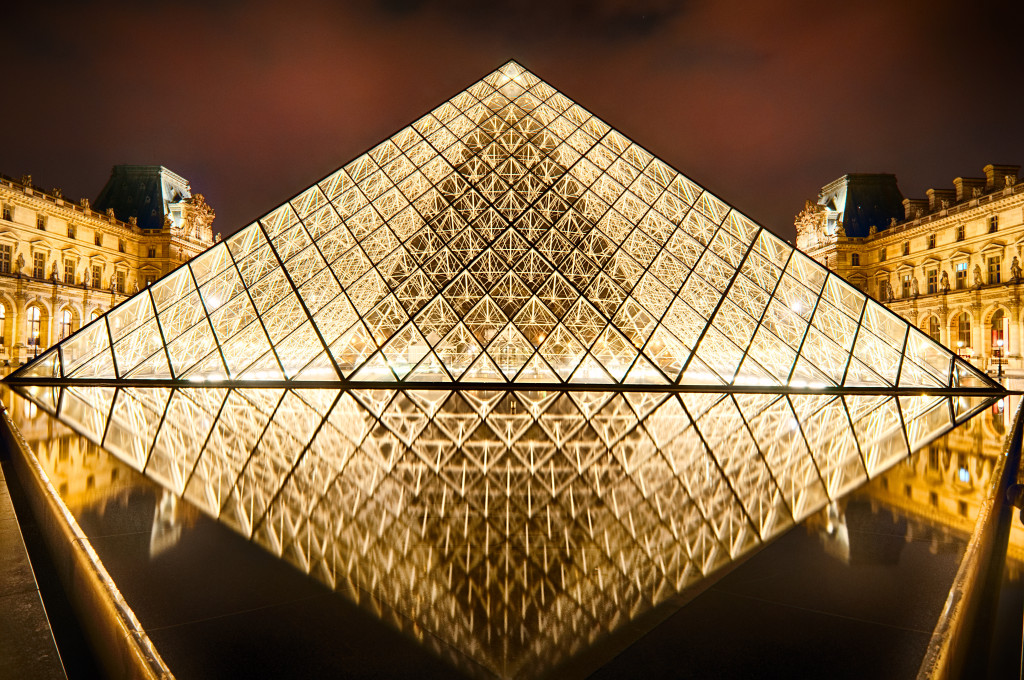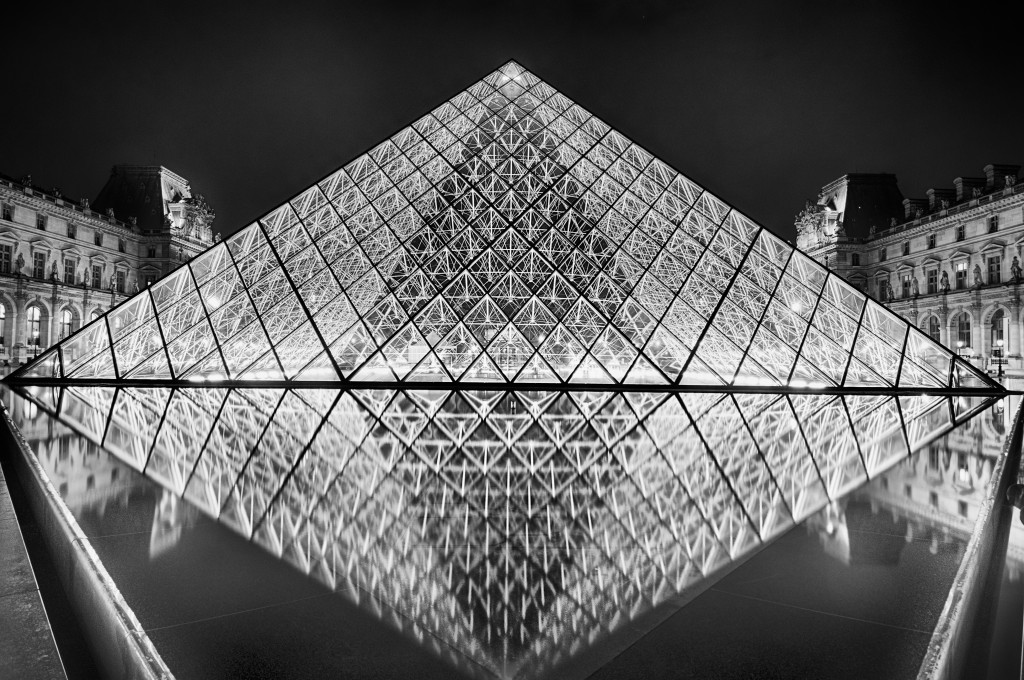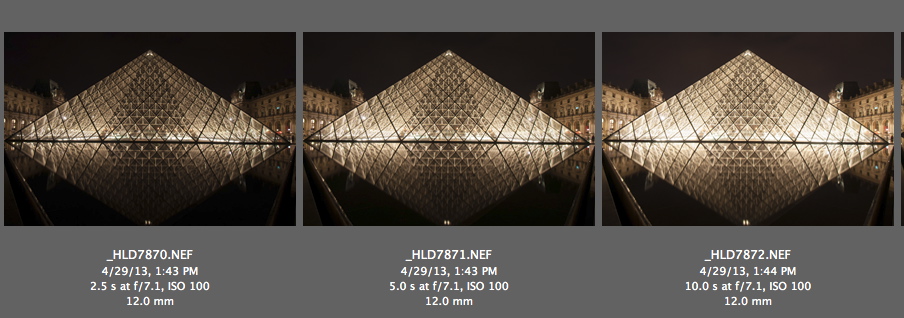I plead guilty to an affaire de coeur with Photoshop. I am passionate about the Photoshop darkroom. Indeed, there comes a point in every workshop I give that I am asked, “Did you Photoshop that?”
The answer is always Yes. Every photo of mine passes through Photoshop, and it can fairly be said that much of my work is one part photography, and one part digital painting with photography.

To Photoshop, or not to Photoshop? For me, that is hardly a question. But it is worth bearing in mind that it all starts with a photographic composition. It’s often much easier to get striking photos right in the camera than to attempt to embellish things in post-production.
I believe—and I teach my students—that using camera technique to further one’s vision is one of the most important aspects of being a photographer in the digital era. The take away from the digital darkroom should be to inform one’s photography, not to take its place!
Being such a fervent Photoshop evangelist can lead to assumptions that my photos have been Photoshopped—even when they have not.
A case in point is this image of the glass pyramid in the central court of the Louvre in Paris, France, shot during a night photography session of a workshop I was leading. A number of people have assumed that the reflection is a post-production transformation—or, as one person put it with delightful humor, “I detect a bit of Photoshop wizardry herEreh yrdraziw pohsotohP fo tib a tceted I”.
Shades of the Mirror of Erised!
In this case, however, there’s no compositing or changing the composition around. There were three shots, bracketed for exposure, and I used a polarizer, and that’s it. The three RAW files are shown in Adobe Bridge CC below, along with the exposure data for the image.
So the art here is primarily in the seeing, and the craft is in the photographic technique—as much as I love Photoshop, this is an image that could have been accomplished using a film camera. Not that there would be anything wrong with using Photoshop to create this, it just isn’t the case.
I like to teach being the best we can be, whether in the camera photographically, or in the Photoshop darkroom in post-production.

Exposure data: 12mm, circular polarizer, three exposures at 2.5, 5 and 10 seconds, each exposure at f/7.1 and ISO 100, tripod mounted; RAW exposures shown below in Adobe Bridge CC; processed in Adobe Camera RAW, Nik HDR Efex Pro 2 and Photoshop CC; converted to monochromatic using Photoshop CC, Nik Silver Efex Pro 2, and Topaz Adjust 5.

Pingback: Diamonds and Comtrails